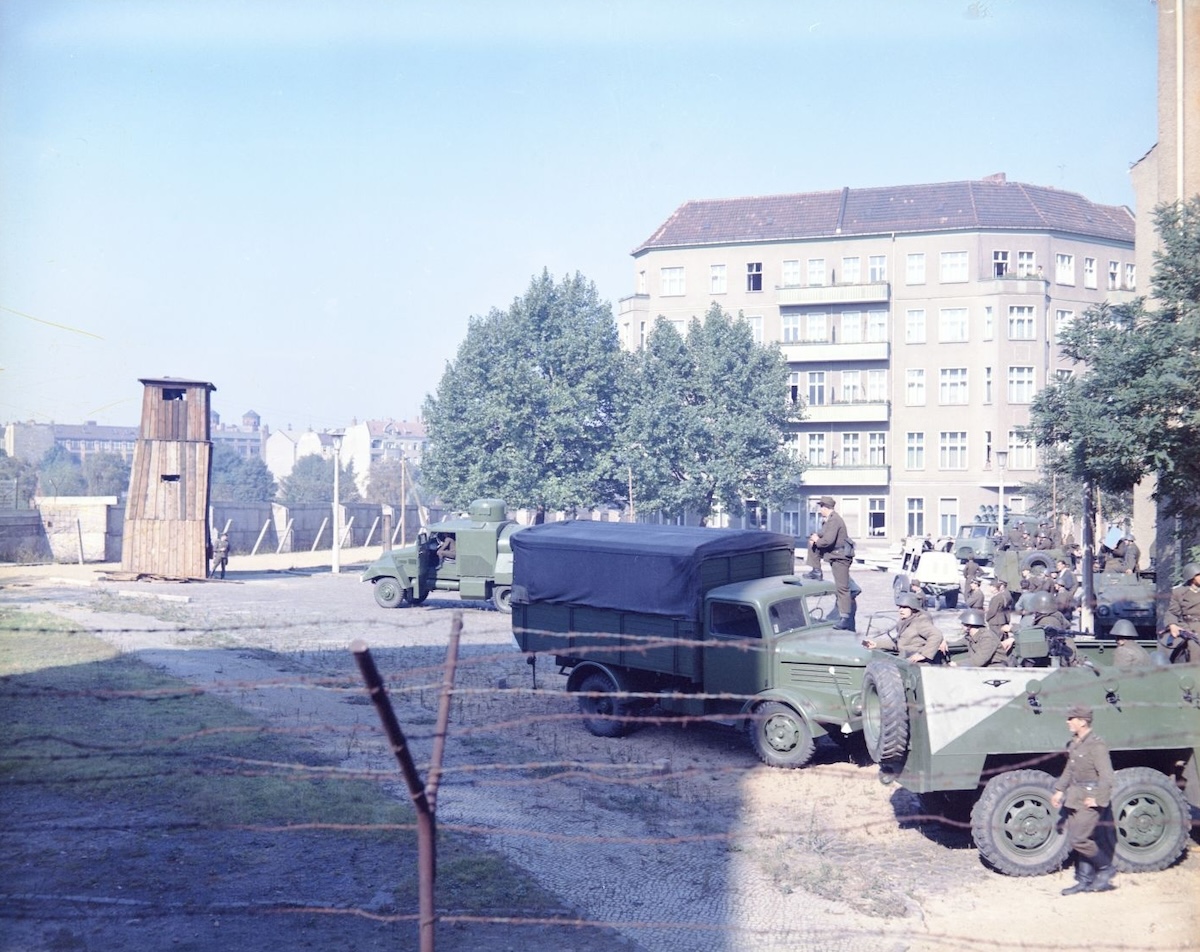The Berlin Wall: A Secret History
The Berlin Wall was a tangible symbol of the suppression of human rights under communism. Was it more convenient to the West than their rhetoric suggested?

The building of the Berlin Wall in August 1961 divided families and neighbourhoods in what had been the capital of Germany. The Wall represents a uniquely squalid, violent, and ultimately futile, episode in the post-war world. And we know that the subsequent international crisis, which was especially intense during the summer and autumn of 1961, threatened the world with the risk of a military conflict, one that seemed as if it could escalate at any time into nuclear confrontation between the US and the Soviet Union.
But was all as it seemed, with the noble democracies vainly opposing yet another Communist atrocity? Did the leaders of the West genuinely loathe the Wall, or was it – whisper if you dare – actually rather convenient to all the powers concerned?
